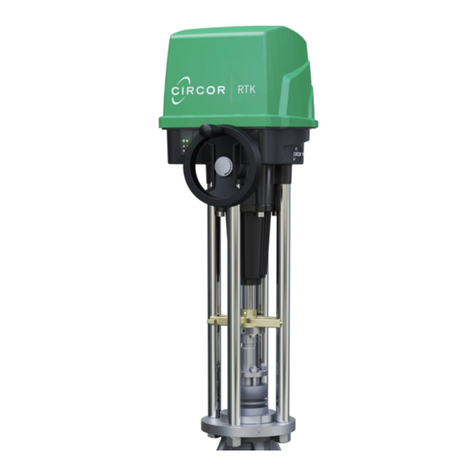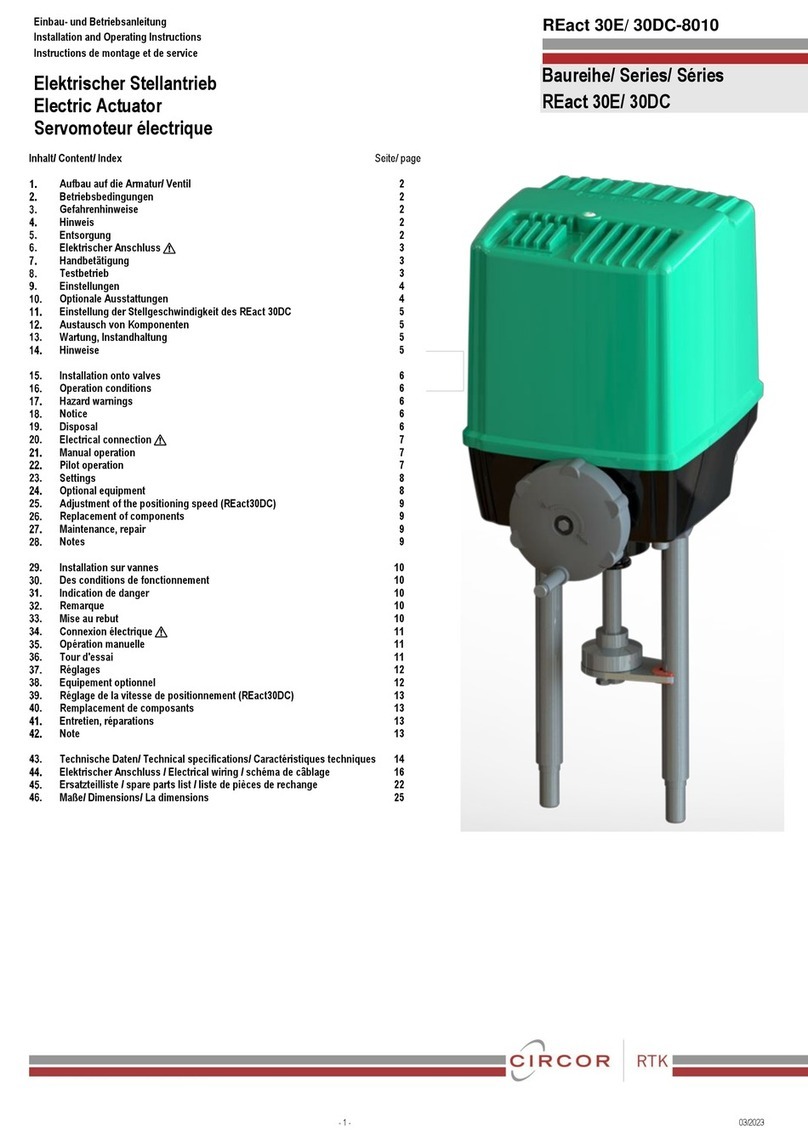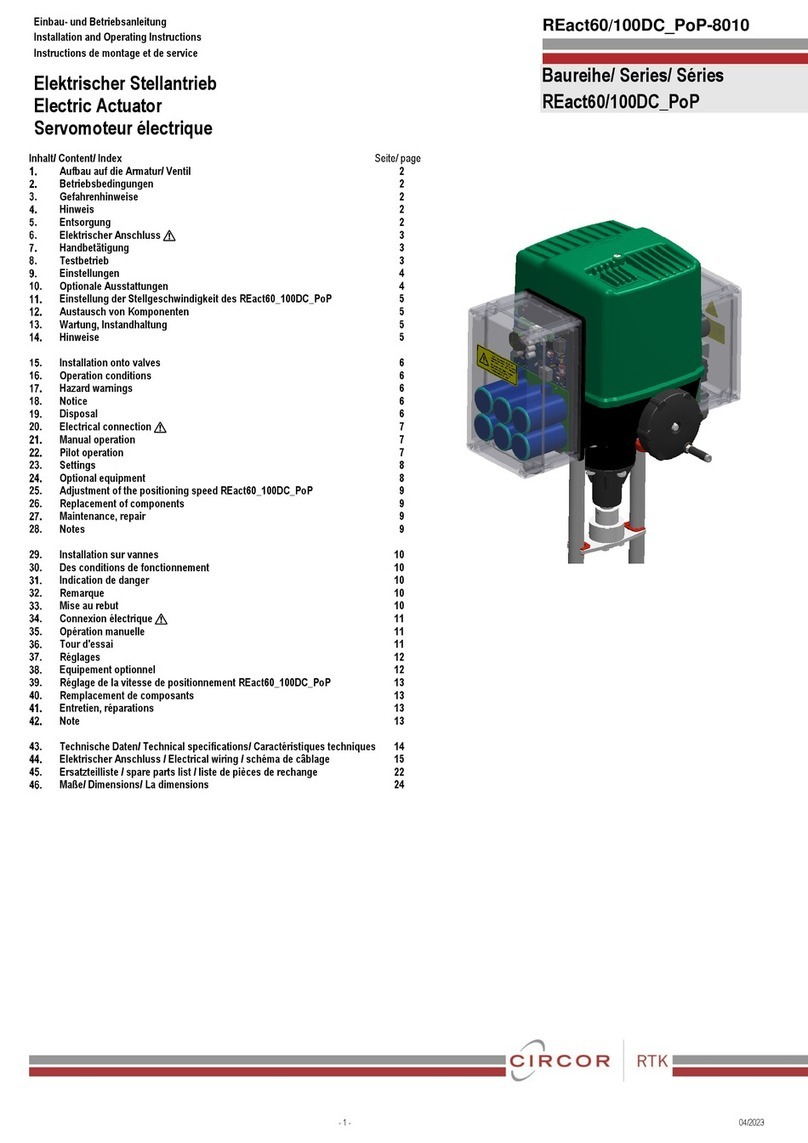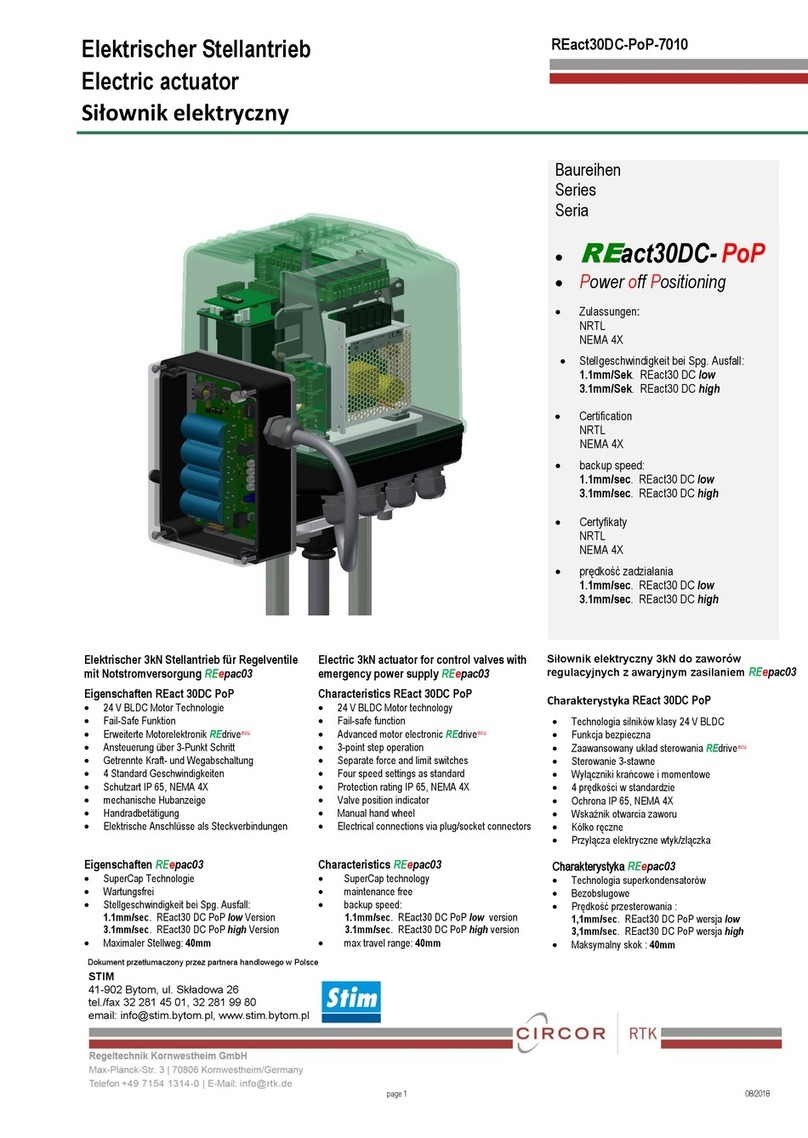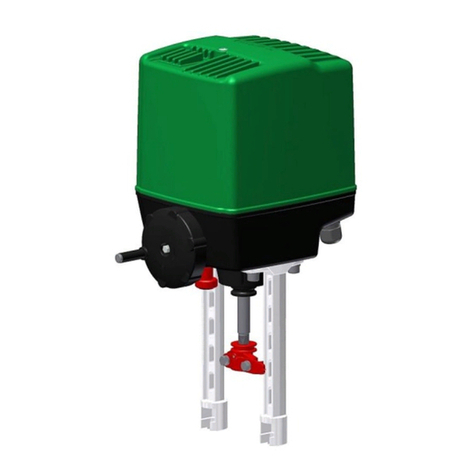
6th EDITION
ISSUED 12/2014
2
TABLE OF CONTENTS
I.
Introduction...................................................................................04
A. Storage............................................................................................Pg.04
II.
Identification. ...............................................................................05
A. GeneralIdentification.....................................................................Pg.05
B. Actuator Part Identification............................................................Pg.06
III.
Specification................................................................................07
A. ActuatorWeights............................................................................Pg.07
B. Air Volume and Consumption....................................................... Pg.07
C. Speed ofOperation.........................................................................Pg.08
D. TemperatureSpecifications............................................................Pg.08
IV.
Operation.....................................................................................09
A. Principal of Operation (DoubleActing).........................................Pg.09
B. Principal of Operation (Spring Return)..........................................Pg.09
C.FailPositions..................................................................................Pg.10
V.
Mounting and Installation...........................................................11
A. Actuator Mounting Specifications.................................................Pg.11
VI.
Travel Stop Adjustment.............................................................12
A. Setting the Stops on Double Acting Units......................................Pg.12
B.
Setting the Stops on Spring Return Units (Fail Closed).................Pg.13
C.
Setting the Stops on Spring Return Units (Fail Open)...................Pg.14
VII.
Actuator Disassembly ...............................................................15
A. Steps to Actuator Disassembly.......................................................Pg.15
VIII.
Maintenance and Temperature Change................................19
A. Repair Kit Overview..................................................................... Pg.19
B.
Installing Repair Kits or Changing Temperature Rating............... Pg.20
IX.
Actuator Assembly .....................................................................21
A. Steps to Actuator Assembly..........................................................Pg.21
B. Spring Configuration.....................................................................Pg.26
C. Air Leak Testing............................................................................Pg.27
D. Changing Fail Position..................................................................Pg.28
X.
Automation Accessories...............................................................29
A.Speed Control.................................................................................Pg.29
B.Purge Block/Rebreather................................................................. Pg.30
C. Airlock............................................................................................ Pg.30






